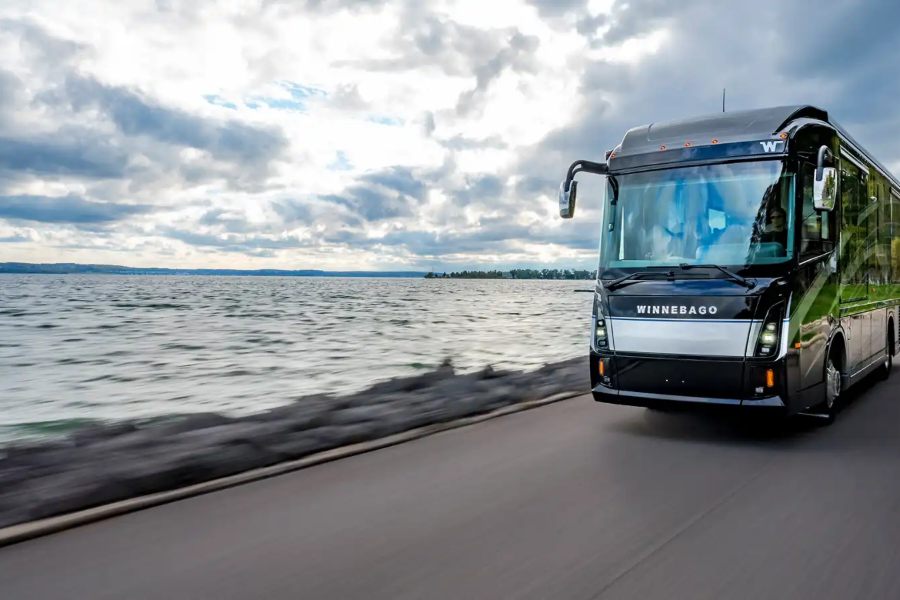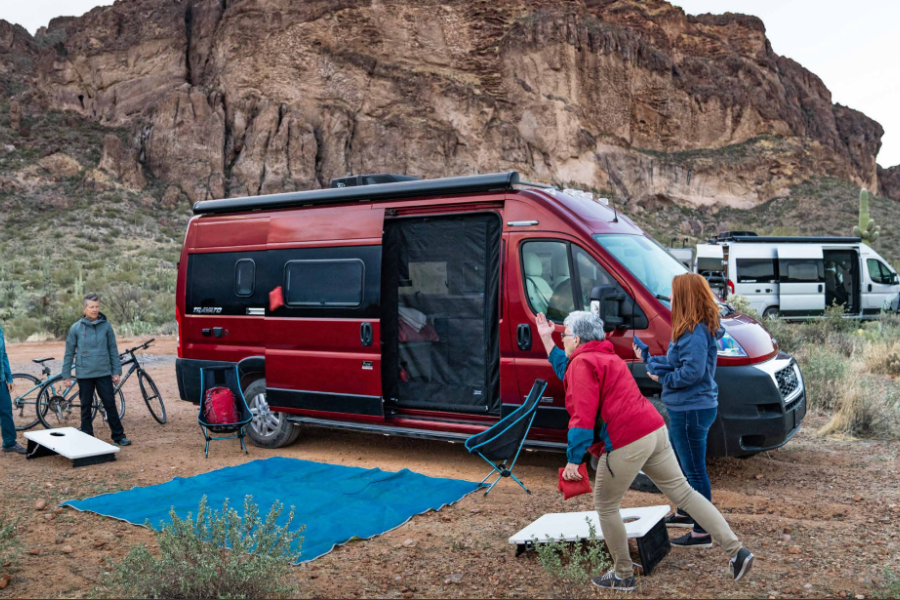Winnebago was founded in 1958 by John K Hanson in Forest City, Iowa. Starting by partnering with Modernistic Industries building small travel trailers as a way to stimulate the local economy. From there the evolution of Winnebago became a fascinating story of innovation, branding, and cultural significance. Transforming from a small camper company to one of the most iconic names in the RV world.
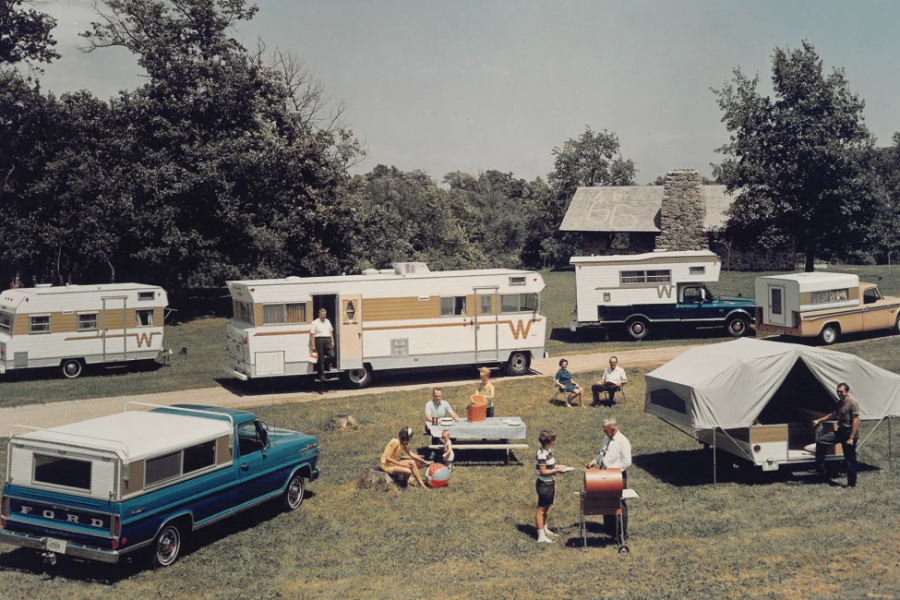
Early Beginnings (1960’s)
In 1960, Winnebago began producing its first travel trailers under its own name. Early models were basic but affordable.
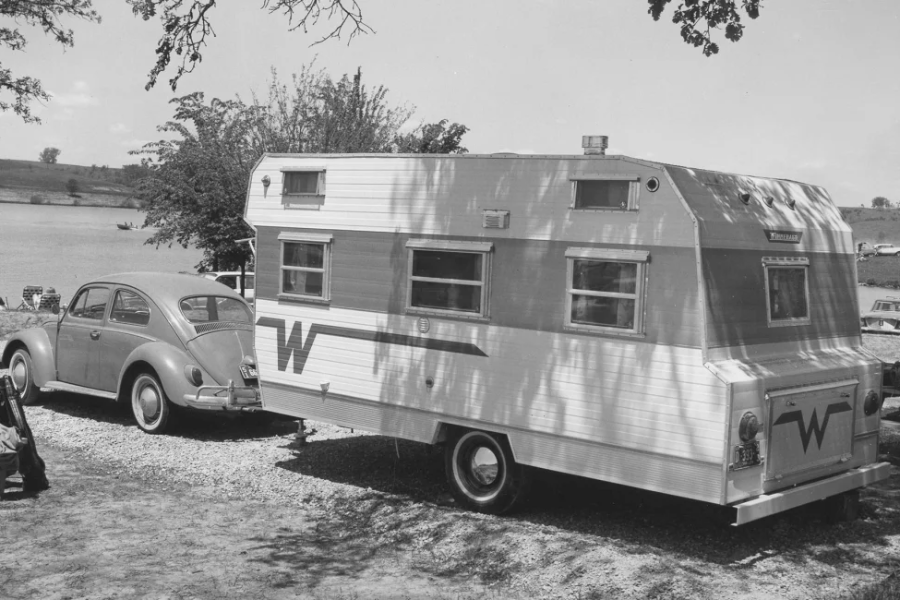
Hanson and his team developed a revolutionary production process using an assembly line method and “Thermo-Panel” construction, a lightweight yet strong wall system. This helped them build RVs more affordably than competitors.
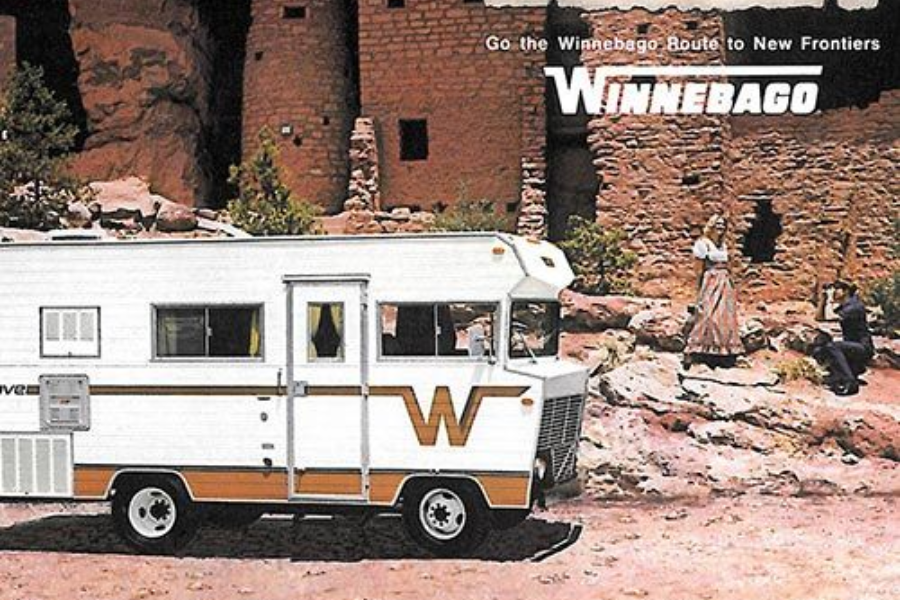
1970’s
“Flying W” Logo: The famous “Flying W” logo was introduced in 1970, and the distinctive boxy Winnebago design became a cultural icon.
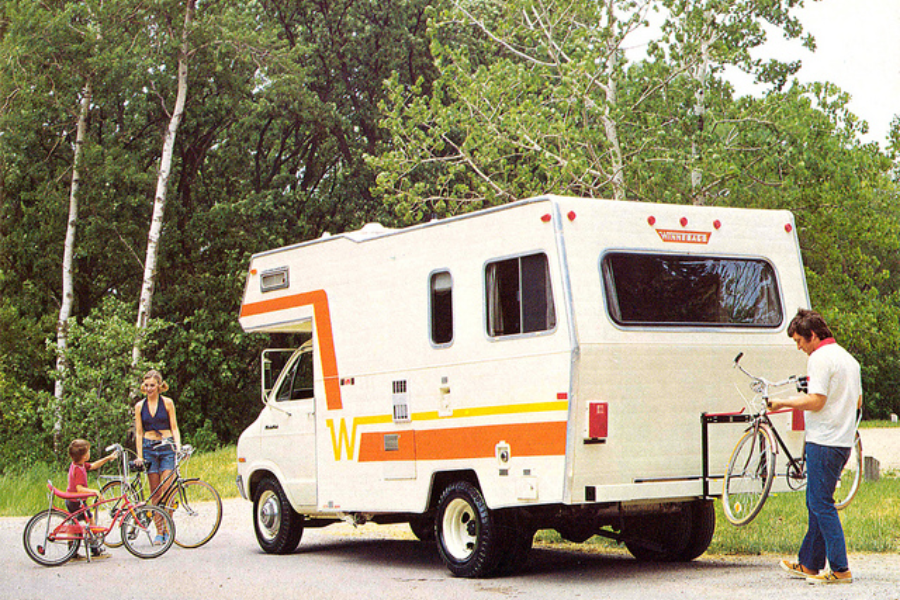
During the 1970s, Winnebago expanded its lineup with models like the Brave, Indian, and Chieftain, which were widely popular in both the U.S. and Canada. By the mid-70s, Winnebago had become synonymous with motorhomes.
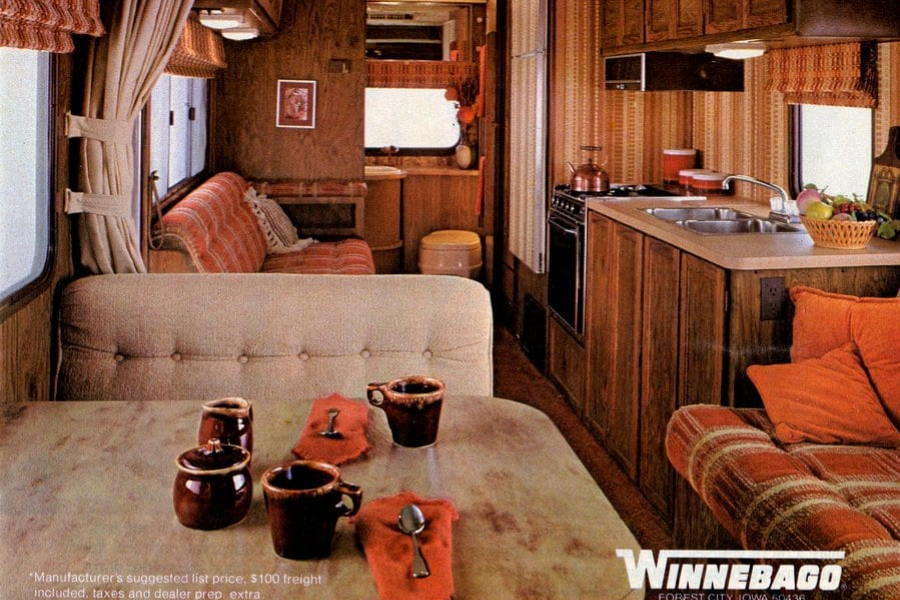
1980’s-90s
Throughout the 1980s, Winnebago focused on improving fuel efficiency, comfort, and amenities, keeping pace with the growing demand for more luxurious RVs. They expanded their lineup to include Class A and Class C motorhomes.
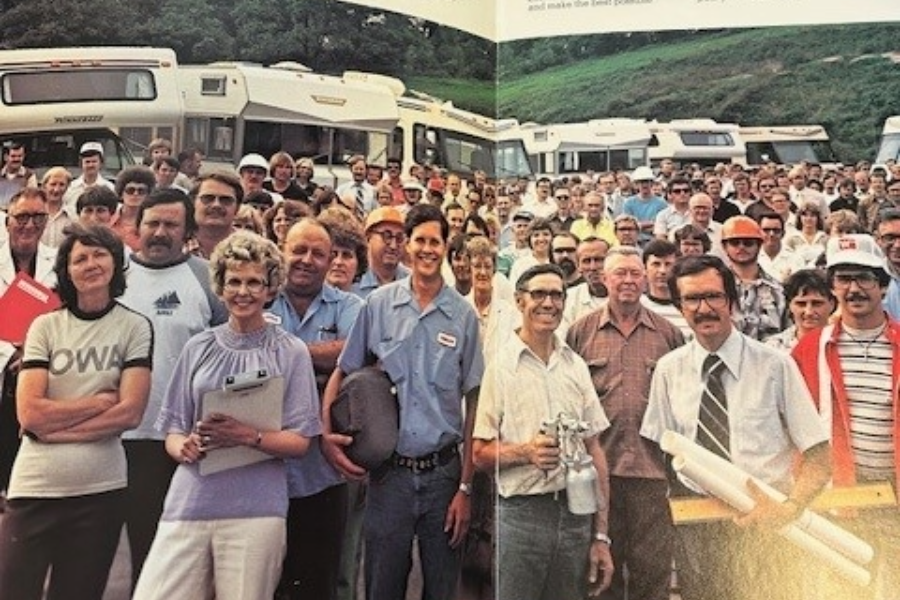
Winnebago also ventured into producing vans and campers like the LeSharo, a smaller, fuel-efficient motorhome based on a Renault chassis. This showed their willingness to experiment with new designs.
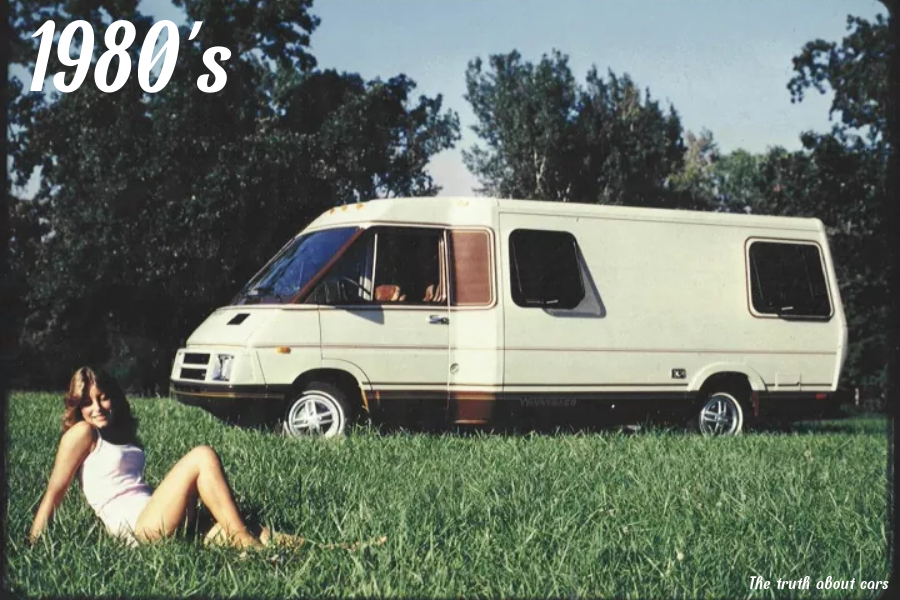
While the brand remained popular, the 1980s were tough for the company due to rising fuel costs, inflation, and economic downturns. However, Winnebago continued to innovate and improve its products.
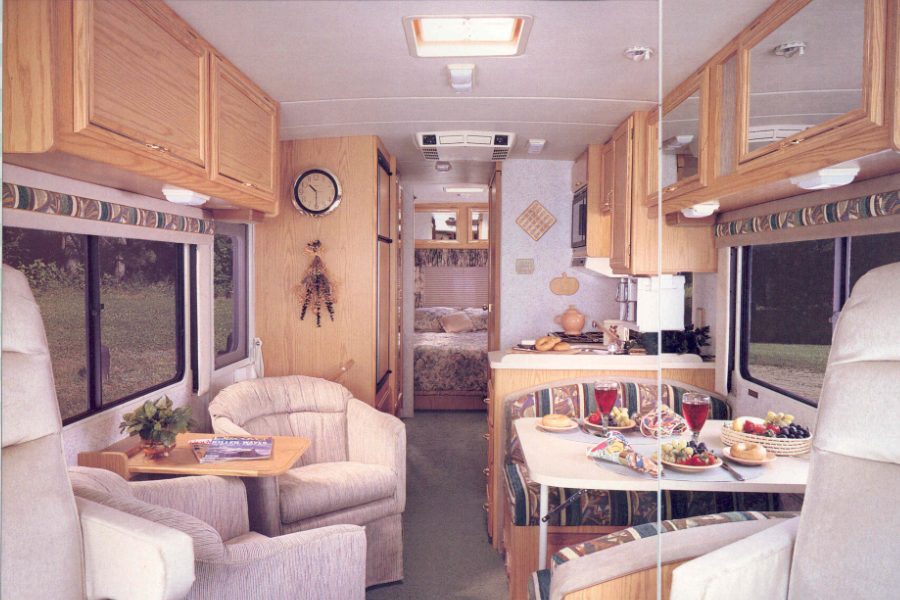
2000’s-2010’s
As the RV industry bounced back, Winnebago re-established itself as a leader with motorhomes like the Vista, Adventurer, and Journey. They focused on offering luxury features in smaller, more manageable packages.
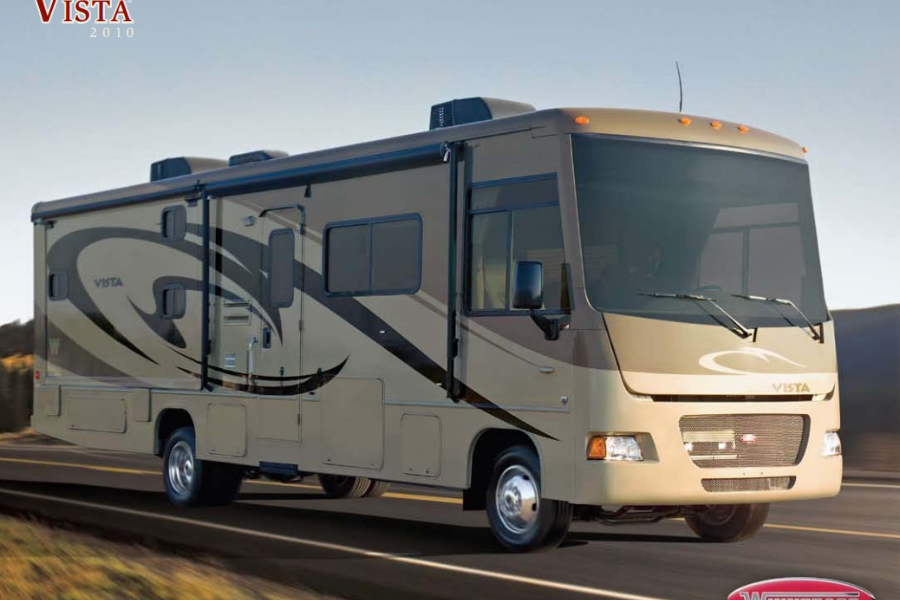
In the 2010s, Winnebago embraced technology, offering motorhomes with high-end tech features like solar power, energy-efficient appliances, and smart home controls, meeting the demands of modern RVers.
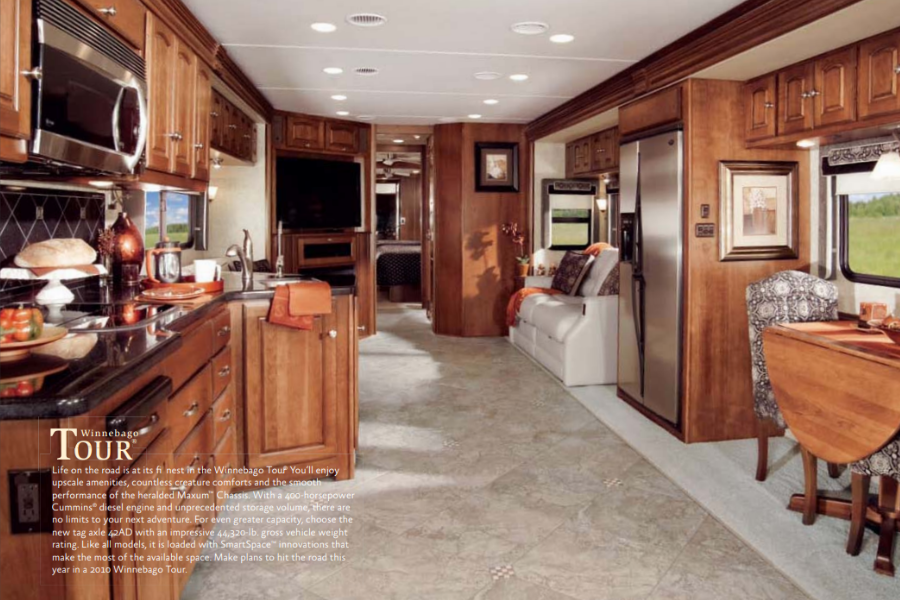
Winnebago Today
Today, Winnebago remains one of the most recognizable RV brands, known for its wide range of products, from entry-level campers to luxurious motorhomes.
